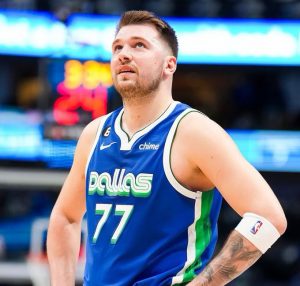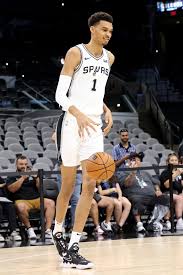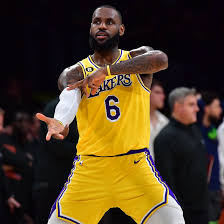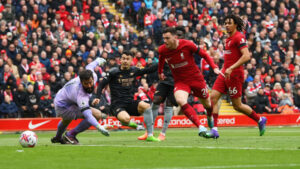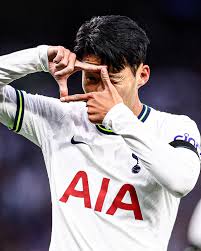NBA PREVIEW : CAN THE BIG THREE ERA GO BETTER THIS SEASON
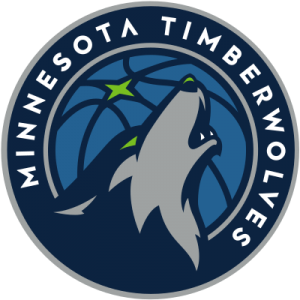
There is no question that last season was a disappointment for Minnesota. When a team acquires a player of Rudy Gobert’s caliber (for the price the front office gave up), the expectation should be more than 42 wins, a play-in tournament berth and a gentleman’s sweep in the first round of the postseason.
The Timberwolves off-season was relatively quiet compared to the previous year, with the team opting to maintain the core of its roster. The most significant moves involved contract extensions for key players Anthony Edwards and Naz Reid. Edwards, who had a standout performance in the previous season, signed a five-year max contract extension worth up to $260 million. Reid, who proved his worth as a valuable asset off the bench, was given a three-year, $42 million extension. These moves signal the Timberwolves’ commitment to their young talents and their belief in their potential to drive the team forward.
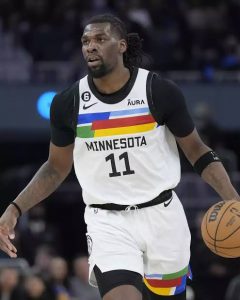
Minnesota will run it back this season with largely the same roster. There is obviously hope that with better health from Karl-Anthony Towns, who only played in 29 games last season, this team can finish higher in the standings. However, when a team returns intact the same issues that weighed the team down a season ago threaten to do the same the following year.
In terms of new additions, the Timberwolves brought in Shake Milton from the Philadelphia 76ers. Milton, a versatile player who can play both shooting guard and point guard, is expected to add depth to the Timberwolves’ backcourt and provide a reliable perimeter threat. His experience playing alongside Rudy Gobert in Utah could also prove beneficial in optimizing the Timberwolves’ two-big lineup.

The main concern with the Timberwolves this season will be their biggest concern last season: offense.
Minnesota finished 23rd in non-garbage time offensive efficiency last season by averaging only 114.2 points per 100 possessions. Its biggest issue was a lack of scoring in transition. The team averaged 123.8 points per 100 transition plays – the seventh worst offensive rating in transition – and added the fifth least points per 100 possessions through transition play (2.1). Much of this should not come as a surprise, considering this team is built around two bigs on the floor at once.
When Gobert and Towns shared the floor last season the Timberwolves outscored opponents by just 0.9 points per 100 possessions. That was despite limiting opponents to 106.6 points per 100 possessions. The offense was a mess with those two on the floor. The middle of the floor was congested by Gobert hanging in the dunker spot when not involved in the play, and without Towns on the floor for a majority of the season, they lacked the shooting to space the floor adequately.
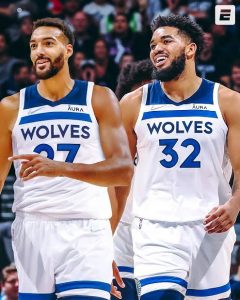
A healthy and more consistent Towns — he shot just 36.8% from 3-point range last season — should help alleviate some of the offensive issues this team faced, but shooting and spacing could again be a concern for Minnesota this season.
One of the key narratives of the season was the team’s bold experiment of pairing two big men, Karl-Anthony Towns and Rudy Gobert , in the frontcourt. The idea was to leverage their combined strength and size to dominate the paint and control the boards. However, the experiment was hampered by Towns’ calf injury, which sidelined him for 52 games. This meant that the Timberwolves couldn’t fully test the efficacy of their new strategy, leaving it as a question mark for the upcoming season.
Despite Towns’ absence, the Timberwolves found a silver lining in the emergence of Anthony Edwards. The young guard averaged 24.8 points, 5.8 rebounds, and 4.4 assists per game, showcasing his potential as a future superstar. His performance was a bright spot in an otherwise challenging season and provided a glimpse of what he could achieve with a healthy roster around him.
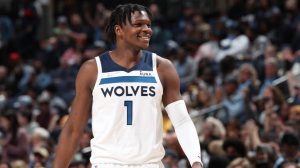
Another positive takeaway from the season was the development of Jaden McDaniels. McDaniels showcased his defensive prowess, narrowly missing out on an All-Defensive team berth, while Reid stepped up in Towns’ absence, proving his worth as a valuable asset off the bench.
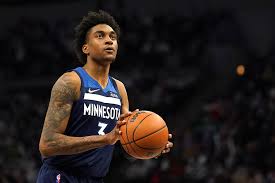
Taurean Prince is now with the Los Angeles Lakers, and the vast majority of the Timberwolves’ depth consists of some inconsistent shooters. Jordan McLaughlin is a career 34.1% shooter. Nickeil Alexander-Walker might be coming off a career shooting season – 38.4% on 2.7 attempts per game – but his career mark is still 33.9%. Troy Brown also had a career year from beyond the arc – 38.1% on 3.7 attempts per game – but he is not going to get the same looks he did in his time playing with LeBron James. He is also a career 35.4% shooter.
Shooting and offense are going to be the focus here for Minnesota because even their new-look starting lineup had trouble on that end of the floor last season.
When their projected starting lineup of Mike Conley, Anthony Edwards, Jaden McDaniels, Towns and Gobert were on the floor, the Timberwolves had a +5.8 net rating, and the trio of Conley, Towns and Gobert outscored opponents by 10.3 points per 100 possessions. However, that starting lineup only averaged 106.4 points per 100 possessions and that trio had an offensive rating of 110.7 which ranked in the 20th percentile.
There is not much reason to believe this offense is going to be much better than it was last season, but this defense should be just as good as it was.
The Timberwolves finished eighth in non-garbage time defensive efficiency last season (113.7), and seventh in halfcourt defensive efficiency (96.6). That starting group was so effective because it limited opponents to 1.006 points per possession, and the trio of Conley, Gobert and Towns had a 100.4 defensive rating when on the floor together. This team has the personnel to continue to put forth that sort of efficiency on the defensive end.
This team is also extremely effective at forcing turnovers. In the two full seasons under Chris Finch, they have finished second and fifth in defensive turnover rate. It has been a staple under Finch in his time there, and they will likely be near the top of the league in that category again. Although, with Gobert on the floor they are a less effective transition team, and the Timberwolves’ efficiency in transition off steals dropped from ninth to 27th last season.
Biggest Question: Can The Second Year Of Their Big Three Go Much Better?
The Timberwolves took one of the NBA’s more ambitious swings in recent memory last offseason, as the team moved a ton of stuff to bring Gobert to Minneapolis. It was a pretty fascinating statement of intent, as the team clearly believed that a frontcourt duo of Towns and Gobert could work in harmony as Edwards ascends to become the face of the franchise. The result of that bet: 42 wins, 40 losses, needing a win in the Play-In Tournament to earn a postseason berth, where they lost in five games to the eventual champion Denver Nuggets in the first round.
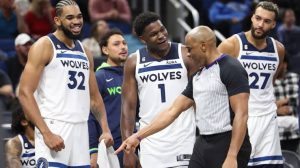
Obviously there are some pretty easily identifiable reasons as to why that was the case, namely the fact that Towns only played in 29 games due to injury. Their offense wasn’t as dynamic as expected. They swapped out their point guard after 54 games, as they were part of a three-team deal with the Jazz and the Los Angeles Lakers to replace D’Angelo Russell with Mike Conley. Instead of having the sort of elite defense that teams built around Gobert tend to have, Minnesota was 10th in defensive rating. The regular season ended with Gobert getting suspended for punching Kyle Anderson during a timeout.
There were bright spots — Edwards is very good, Jaden McDaniels is an impressive player — and the team was by no means a catastrophe. Still, Minnesota didn’t go all-in on the Edwards/Gobert/Towns trio just to win one playoff game and spend the entire regular season flirting with a .500 record. Whether or not they can take a step forward as a trio is the big question for this season and beyond, and if they can’t, there are going to have to be some really difficult conversations about what they can accomplish. But the good news is that those three guys are all extremely talented, they have a well-respected head coach in Chris Finch, and their roster is filled with guys who know how to play alongside that trio.
STAR WATCH
ANTHONY EDWARDS
In 2022-23, Ant put together a textbook ‘third year leap’ that many superstars in the history of the league have undergone. While playing 79 games, Edwards recorded career highs in overall field goal percentage, 3-point percentage, points, rebounds, assists, steals, and blocks per game.

By taking major strides on both ends of the floor, he has quickly rounded into one of the most versatile and impactful stars in the NBA. The Timberwolves’ chances of winning a championship increase dramatically with the continued rise of Anthony Edwards.
At just 21 years old, Edwards has quickly ascended to stardom with the Timberwolves. He is coming off of a season in which he averaged 24.6 points, 5.8 rebounds, and 4.4 assists per game, earning the first All-Star selection of his career in the process.
Since drafting Edwards in 2020, Minnesota has made two playoff appearances after earning wins in the 2022 and 2023 Play-In Tournaments.
